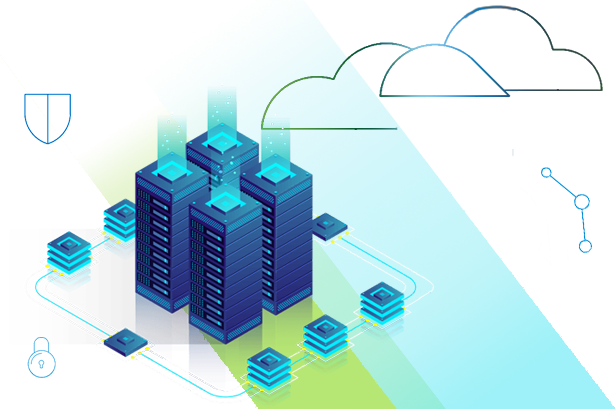The data center of every organization includes all kinds of hardware, application software and organizational data, and it is no secret that every organization is the main asset of that organization. Due to the extraordinary data center and data of the organization, the highest level of monitoring, control and support should be given to the center. In addition, due to the nature of the data center that provides the service 24 hours a day. It is necessary to optimize the consumption of hardware resources and increase the efficiency and productivity of the software and services in all aspects, including the design and implementation of the room server, hardware equipment, configuration of the network infrastructure and storage space, virtualization, support and maintenance of Knowledge, expertise, technology. and new technologies are used.
Security Center is a set of policies and precautions against threats. which can be confidential, compromise the integrity or the integrity of organizations. DDoS operations, confidential information, data tampering and data tampering are some of the common security problems. which affect centers.
To secure the data center, it should be composed of several defense layers and each layer should have its own control policies. For this purpose, Nasam’s specialized team offers a comprehensive solution for securing the data center and organizational infrastructure:


